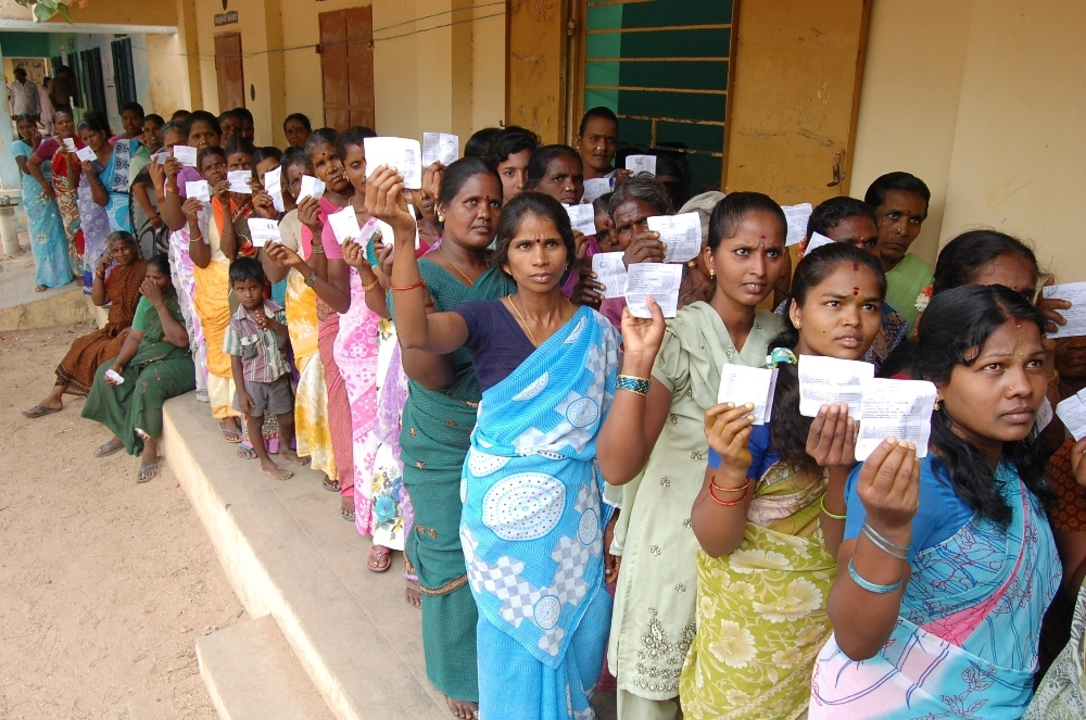Migration Guides & Tips for Your Blog
Thinking about moving your blog to a new platform or shifting content between sites? You’re not alone. Many Indian bloggers face the same challenge, and the good news is it doesn’t have to be a nightmare. In this section we’ll break down why migration matters, what to watch out for, and the steps you can follow right now.
Why migrate your blog?
First off, a migration can boost performance. Faster loading times keep readers happy and help your SEO. Second, newer platforms often come with built‑in SEO tools, better security, and mobile‑friendly designs – all essential for Indian audiences who browse on the go. Third, you might need to migrate if you’re scaling up. As your traffic grows, the old host may start charging more or limiting bandwidth.
But don’t just jump ship because of hype. Ask yourself: does the new platform support the plugins you love? Will your existing URLs stay the same or need redirects? Answering these questions early saves headaches later.
Top migration guides you can follow right now
Here’s a simple, step‑by‑step plan that works for most Indian bloggers:
1. Backup everything. Export your posts, images, comments, and any custom HTML. Most platforms have an export feature – use it and store the file securely.
2. Choose the right new host. Look for providers with good Indian server locations, 24/7 support, and affordable plans. A few popular choices include HostGator India, Bluehost India, and SiteGround.
3. Test on a staging site. Before you go live, install the new platform on a subdomain (like test.yourblog.com). Import your backup and check that links, images, and formatting appear correctly.
4. Set up redirects. If your URLs change, create 301 redirects from the old URLs to the new ones. This tells search engines the move is permanent and preserves your rankings.
5. Update DNS. Point your domain’s DNS records to the new host. It usually takes a few hours for the change to spread worldwide.
6. Run a quick audit. Use tools like Google Search Console to find crawl errors, broken links, or missing meta tags. Fix anything that looks off.
7. Announce the change. Write a short post or social media update letting your readers know you’ve moved. It builds trust and reduces confusion.
Remember, migration isn’t a one‑time task. Keep an eye on site speed, security patches, and backup schedules after the move. A well‑maintained blog will stay fast, safe, and rank higher in Google India.
Need more detailed help? Check out the articles under the migration tag on EasyBlog India. You’ll find real‑world examples, tool reviews, and step‑by‑step tutorials that match the exact scenario you’re facing. Whether you’re shifting from WordPress to Blogger, moving from a free host to a premium plan, or consolidating multiple blogs into one, there’s a guide here for you.
So, ready to give your blog a fresh start? Follow the checklist above, use the resources we’ve gathered, and you’ll be up and running without a hitch. Happy migrating!
Why there are so many Telugu-speaking people in Tamil Nadu?
As a blogger, I have been intrigued by the fact that there are so many Telugu-speaking people in Tamil Nadu. One possible explanation is the historical migration and intermingling of people due to the close geographical proximity of the two states. Additionally, trade and economic opportunities may have attracted Telugu speakers to Tamil Nadu over time. Cultural exchange and the sharing of resources between the two regions could also have contributed to this linguistic diversity. Finally, inter-state marriages and the blending of communities might be another reason for the significant Telugu-speaking population in Tamil Nadu.
Keep Reading